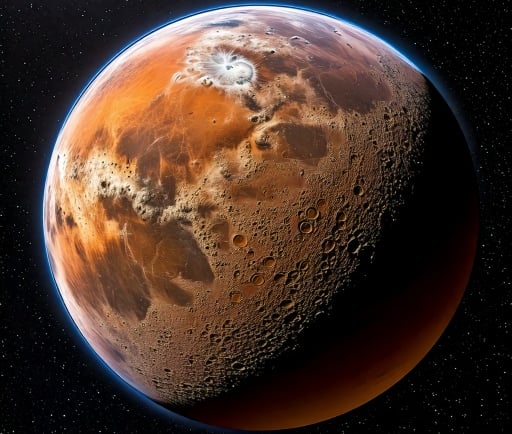The Intrigues of YZ Ceti b: An Earth-Mass Exoplanet Orbiting an M-Type Star


Introduction to YZ Ceti b
YZ Ceti b is an intriguing exoplanet that has captured the attention of astronomers and astrophysicists worldwide. It orbits an M-type star, which is known for its cooler temperature and lower brightness compared to other star types. This exoplanet has a mass of approximately 0.7 times that of Earth, classifying it as an Earth-mass exoplanet. Its unique characteristics have significant implications for our understanding of planetary systems and the potential for life beyond Earth.
Orbital Characteristics of YZ Ceti b
One of the most fascinating aspects of YZ Ceti b is its rapid orbital period. The planet takes around two Earth days to complete a full orbit around its host star, which is relatively short compared to many other exoplanets. Additionally, the planet's distance from its star is about 0.01634 astronomical units (AU), placing it well within the confines of its star's habitable zone. However, the habitability of YZ Ceti b is still a subject of ongoing research due to its proximity to its host star and the potential effects of stellar radiation.
Potential and Implications for Future Research
The discovery of YZ Ceti b adds valuable data to the growing catalog of exoplanets, specifically those orbiting M-type stars. With its mass resembling that of Earth and its rapid orbit, researchers are eager to explore the planet's atmospheric conditions and composition. Such studies could reveal vital insights into how terrestrial planets form and evolve around different star types. Furthermore, as scientists continue to refine their techniques for exoplanet detection and analysis, YZ Ceti b offers an exciting opportunity for future investigations in the pursuit of extraterrestrial life.
In conclusion, YZ Ceti b stands as a significant object of study within the field of exoplanet research. Its Earth-like mass, short orbital period, and proximity to its host star make it a promising candidate for further exploration. As we learn more about this captivating exoplanet, the potential for discovering habitable worlds and understanding our universe continues to expand.
